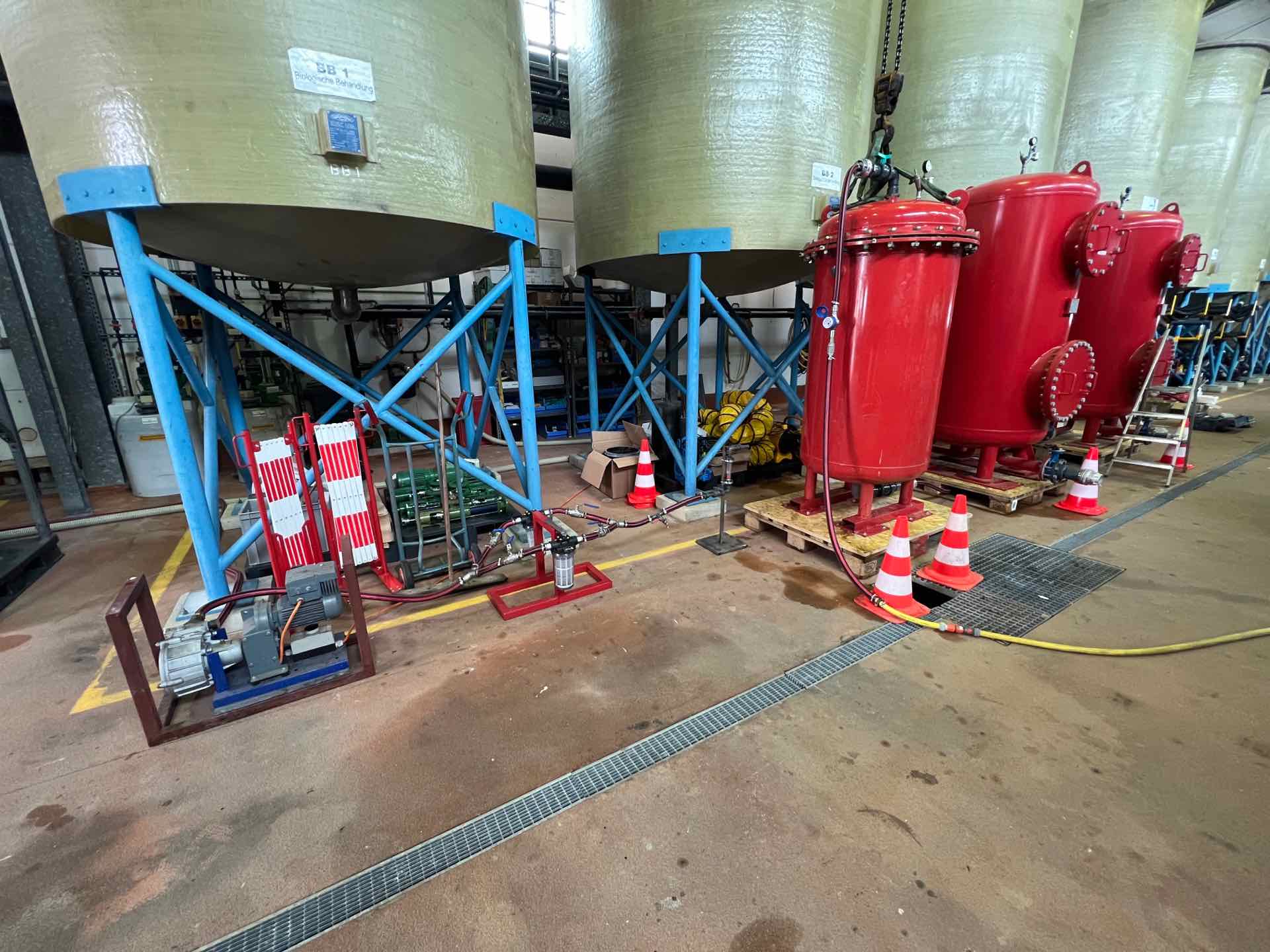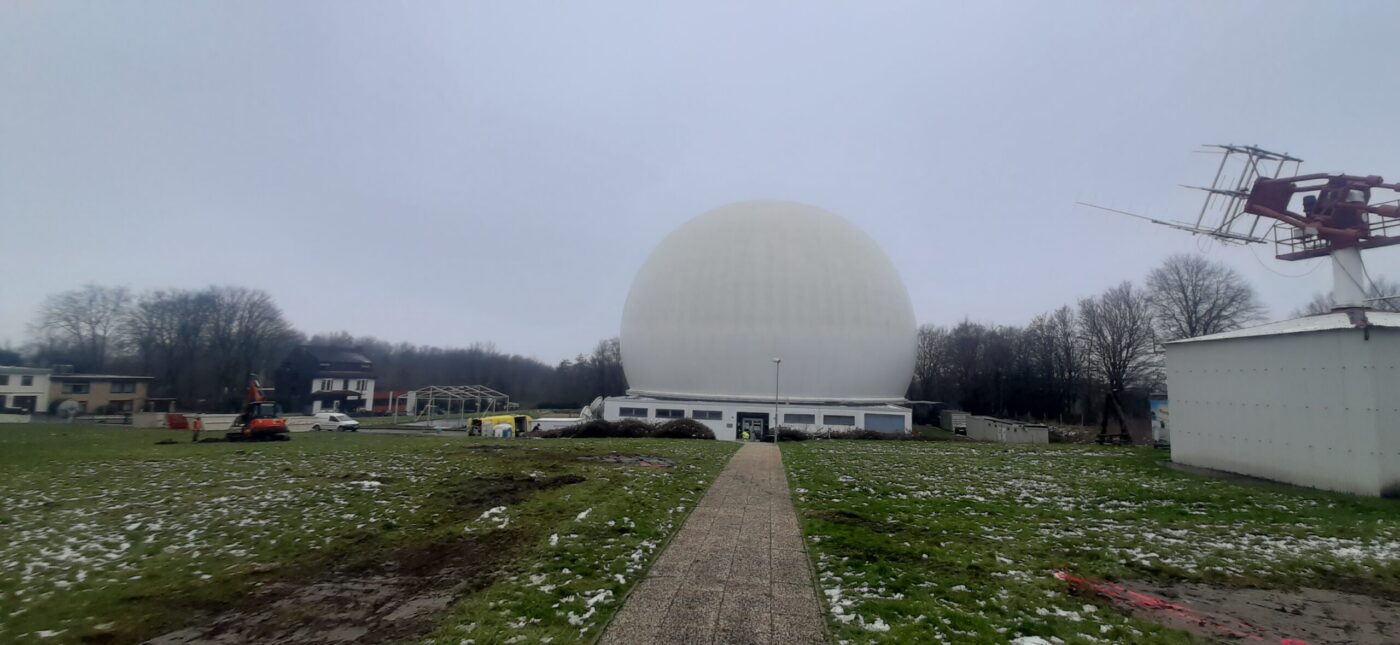The broad-leaved sabre grasshopper (Barbitistes serricauda) has its worldwide distribution centre in Germany. However, little is known about this insect species as it lives hidden in the treetops and its song is not audible to the human ear as it is in the ultrasonic range.
As part of the federal government's "Biodiversity" programme, the project "ELSA - Development of near-natural oak forests for the broad-leaved scimitar-horned grasshopper and other endangered insect species" aims to gain further knowledge about the animals and their habitats in order to protect them. In this context, both detection methods and potential habitats are to be identified and tested.
In North Rhine-Westphalia and Rhineland-Palatinate, former spruce forests are to be converted into species-rich, warmth-favoured oak forests on selected forest areas as part of the programme. These are preferably found on dry, rocky valley slopes. Here, there are usually well-developed shrub and species-rich herb layers, which are currently thought to be important for the development of the nymphs of the broad-leaved sabre grasshopper.
Such habitats also provide suitable living conditions for various endangered animal and plant species such as the wood warbler (Phylloscopus sibilartrix), middle spotted woodpecker (Dendrocopos medius), blue oak fritillary (Neozephyrus quercus), silver-spotted fritillary (Boloria euphrosyne), stag beetle (Lucanus cervus), Heldbock (Cerambyx cerdo) and forest cricket (Nemobius sylvestris). In the near-natural forest areas, deadwood provides the basis for many insect populations as well as for woodpeckers and other cavity-nesting birds.
A key outcome of the project will be the development of guidelines for the protection of the broad-leaved sabre grasshopper.
The University of Trier is also supporting this programme. As a first step, the occurrences of the broadleaf scimitar-horned grasshopper known from the last few decades are being analysed. To this end, close contacts are being established with forestry offices, nature conservation authorities and private forest owners. The project is scheduled to run until 2027.
The protection of nature ensures a stable and safe habitat for animals and people alike. This is why the MuP Group has set itself the goal of realising construction projects in the most environmentally friendly way possible. Engineering for a better tomorrow!







